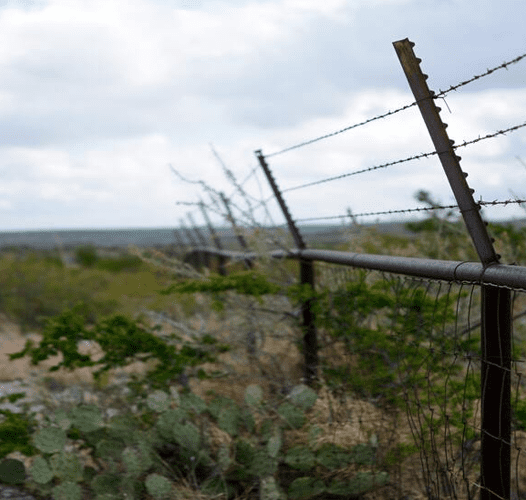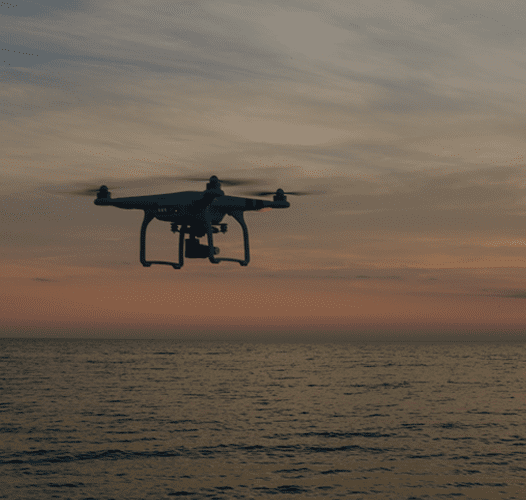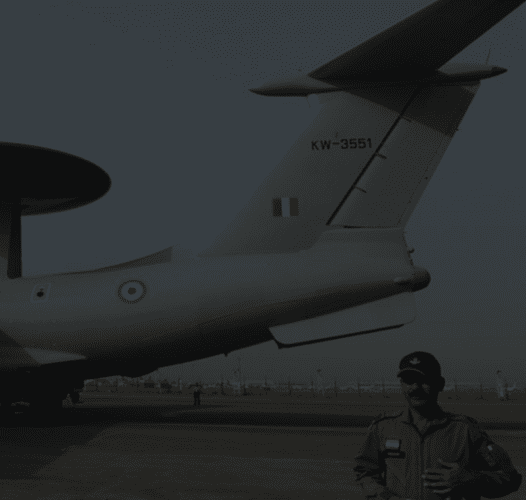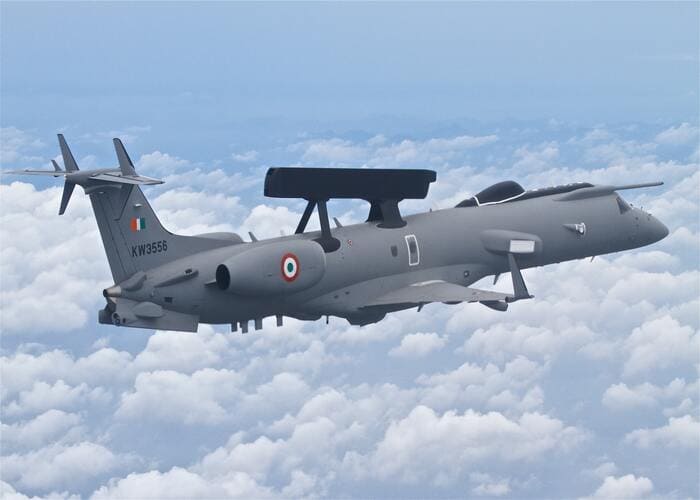The need for AWAC's
December 14, 2021
Optimized Electrotech
The ground-based radar systems could not fulfill the requirements of air defense security. These ground-based radars used for the perimeter intrusion detection system are responsible for monitoring the land infrastructures. The problem with ground-based radars is that they have a fixed position, and if placed on a vehicle, the speed is less. These radars include emissions traveling in a straight line, and the Earth’s curvature changes after 40-50kms. Moreover, through the ground-based radars, a lot of clutter arises. Hence, due to the limited radar range and the unwanted noise AWAC’s are preferable to ordinary radar systems.
How AWAC’s are helpful for national security?
AWAC’s have emerged as a strategic solution in the modern threat environment. These surveillance systems act as airborne air traffic command and control for tactical and air defense forces. Before any conflict, the AWAC system provides an early intelligent warning, allowing the team to elicit an action. The AWAC’s systems help in 2 different ways:
- The moving surveillance platform: These systems cannot get located due to their mobility. Hence it becomes easy to penetrate through the enemy’s territory. As a result,with the help of radar coverage, one can know the whereabouts of the enemy country’s base camp.
- Command and control center: The command and control communications team consist of flying crew, pilots, navigator, flight engineer, and AWAC’s officers. This team is responsible for continuously scanning the airspace, detecting, tracking, and sending the enemy information to the aircraft fighters. Majorly there are two action points as soon as an enemy vehicle is suspected:
- Interception mode: This mode allows the AWAC to go and scare away the enemy aircraft.
- Strike mode: If the AWAC senses that the detected enemy vehicle is a threat, it will apply the strike mode and direct the fighter jets to combat the threat.
Moreover, the AWAC’s always operate behind enemy lines. As soon as they enter hostile airspace, the warfare fighter jets escort them.
India’s AEWAC Platform
- NETRA :India’s indigenously developed AEWAC system was handed over to IAF back in 2017. This system provides both satellites links and light-of-sight capabilities to intercept any airspace war situation. The aircraft platform selected was Embraer-145 that hosted three AEWAC systems :
- Active Electronically Scanned Antenna-based Primary Radar (PR)
- Identification Friend or Foe (IFF)
- ELINT, and SIGINT system.
This system consists of full net-centric capability through multiple LOS and Satellite Communication Data links, onboard Mission Computer that enables the operators to carry out the information fusion, and mission control. Hence, smooth interaction is possible with the operational environment.
At present, the Indian Air Force is considerably using 2 AEWAC systems for various operations.
India plans a major indigenous project for six powerful ‘eyes in the sky
To promote the ‘Make in India’ campaign, India has decided to develop six new AEWAC systems with a 360-degree capability for effective long border surveillance. This project will fulfill the operational needs for better coverage in the enemy territory.
Recent Post




How we can help you!
Our intelligence surveillance platforms answer all kinds of surveillance questions.
Contact Us

 December 14, 2021
December 14, 2021 Optimized Electrotech
Optimized Electrotech
